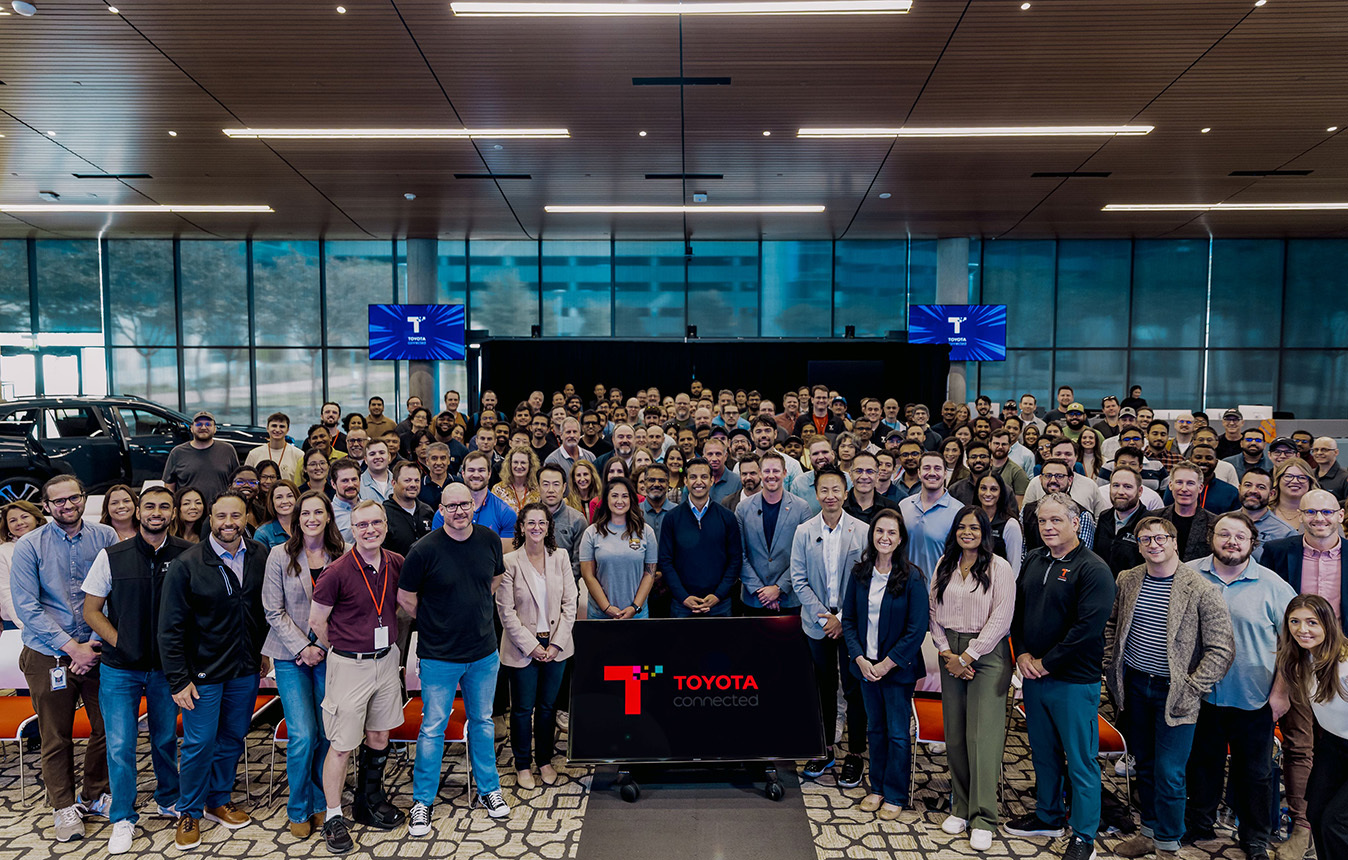Recently, Toyota Connected North America’s (TCNA) implementation in a marketing-related campaign alongside Toyota Motor North America (TMNA) and marketing agency Saatchi & Saatchi has proven that a chatbot with the assistance of an LLM can make a significant, positive impact and add stickiness to customer engagement.
The Assignment
TCNA approached introducing a chatbot for Toyota’s marketing needs from several angles:
- To provide customers with relevant information for their purchase consideration.
- To help customers advance down the consideration funnel.
- To provide a friendly, conversational tone that’s uniquely Toyota.
- To limit legal liability through adding disclaimers and filtering responses to ensure TCNA is providing factual information without overpromising or under-delivering on what Toyota set out to do.
“Our goal was to create a chatbot that would serve as front facing and informative,” TCNA Engineer Stephen Short said. “We took a few approaches, and we tried a few different models for the LLM. For our first time doing this, we landed on GPT-4.”

Creating the Model
Short and team pulled information from training materials, such as marketing and background literature. They did not ingest it into the LLM to train it; instead, they used a separate data store.
Short and team built a model that could perform a search on the data store for relevant information about the vehicle based off of a customer’s question. The model was set up to take the information TCNA pulled from the data store and put it in the query that TCNA sent to GPT inside the context of the instructions.
This way, the instructions could determine the behavior of the chatbot and how it should respond to specific types of questions, relevant data from our knowledge base and instructions to the GPT on how to utilize that data.
This approach allowed TCNA to control the behavior of GPT to only use Toyota data when responding to users' questions, without it being trained directly on the data.
The team also added protection layers to filter the questions – pre-processing questions into certain domains like comparisons to other brands, decision making, legal and financial decisions and more. Short set conservative responses for the bot as not to over-promise what this digital brand ambassador could fulfill.
“If it’s not able to answer a question, it has the ability to fall back to a set of responses,” he said.

Completing the Conversation
Eventually, after chatting back and forth, entering the next element of the consideration process will direct customers to the website to further price and build a vehicle. While very early in the process, Toyota marketing indicated an uptick in engagement and website clickthroughs versus traditional banner ads.
This is a promising start to next-generation brand engagement, with TCNA adding value through AI, machine learning and providing relevant contextual services for customers and stakeholders.
